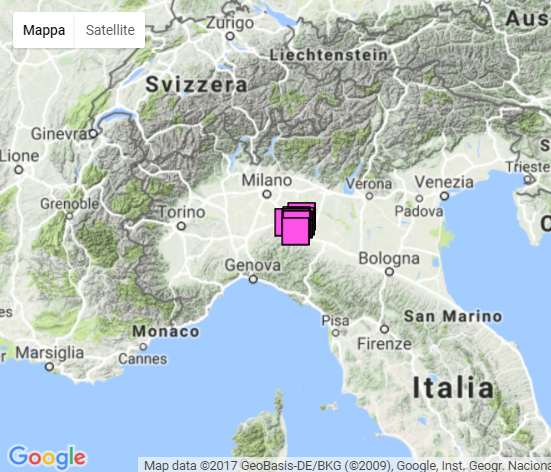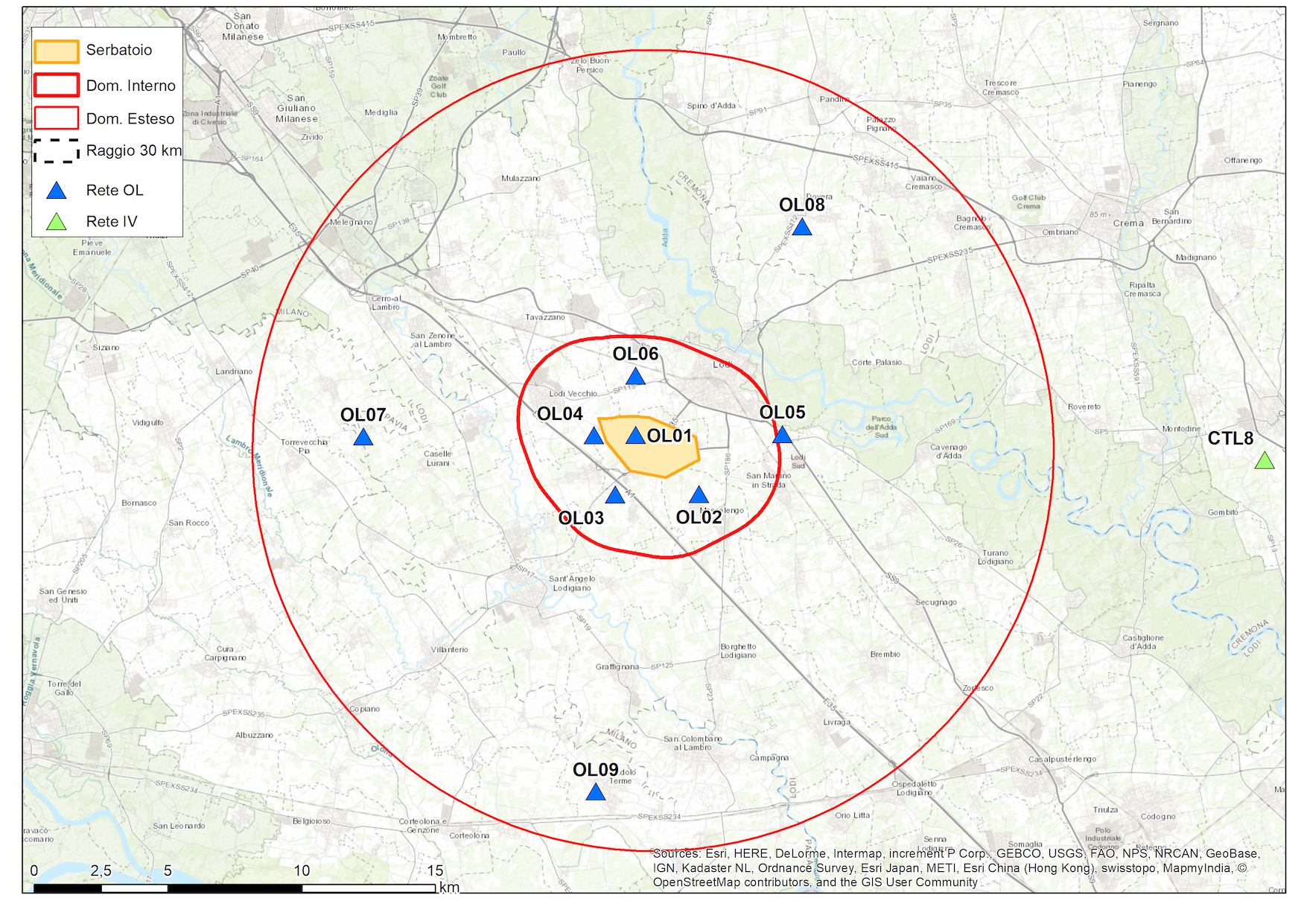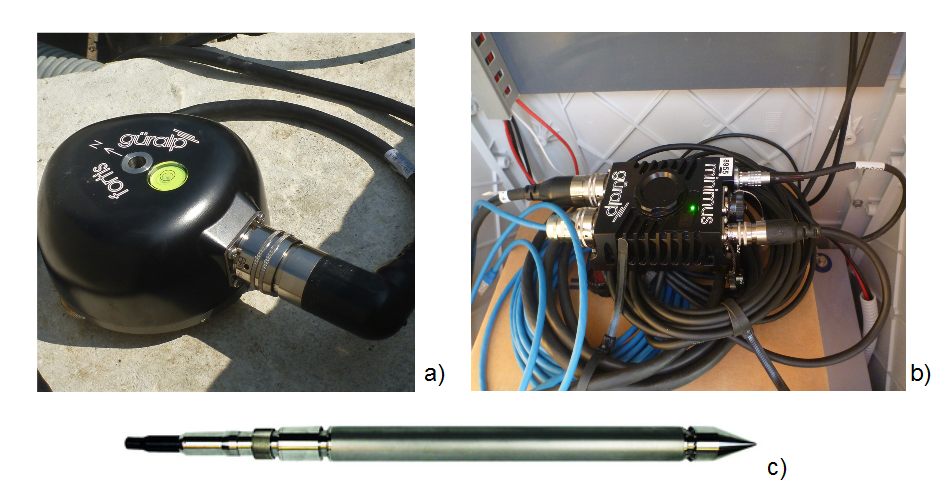CURRENT SCIENTIFIC STAFF: Enrico Priolo1,2, Marco Romanelli2, Mariangela Guidarelli2, Denis Sandron2, Maria Adelaide Romano2, Marco Garbin2 David Zuliani2
PAST COLLABORATORS:
Milton Plasencia2,
Paolo Bernardi2,
Paolo Fabris2,
Eduardo Diez Zaldivar3
1Responsible Scientist
2Centro Ricerche Sismologiche, Istituto Nazionale di Oceanografia e Geofisica Sperimentale, Cussignacco (UD) e Sgonico (TS)
3Centro Nacional de Investigaciones Sismologicas (CENAIS), Cuba
The Cornegliano Laudense permanent network aims at monitoring the gas storage activity performed by Ital Gas Storage s.p.a. in the underground natural reservoir named "Cornegliano Stoccaggio", located in the Po Plain few kilometers South of the town of Lodi. The network is registered with FDSN with code OL. Since the OL network aims at recording both the natural seismicity and the induced seismicity, it has been designed with features of high sensitivity, high dynamics and wide frequency range.
The OL network has officially started its operations since January 2017, although some stations have already been working since July 2016. Continuous data can be freely downloaded through this site.
The OL network consists of 9 sites, specifically built-up for the purpose (Fig. 1). Each OL station is equipped with a borehole seismometer located at a reference depth of 75 m and an accelerometer located at the ground surface, respectively. The OL network is also integrated by some stations of the National Seismic Network managed by INGV as well as some stations of the North-East Italy Broad-Band Network managed by OGS, respectively.


The seismological instrumentation (Fig. 2) is by Guralp Ltd. The seismometric sensor is a Radian model, which incorporates both the sensor and the digitizer. The Radian seismometers are set with a proper period of T=120s. The accelerometer is a Fortis model. The acquisition unit is a Minimus model, and it acquires digital data (3 ch) from the Radian sensor and 3 analogue channels from the Fortis. The digital sampling is 200 Hz for the Radian seismometer and 100 Hz for the Fortis accelerometer.
All the stations are connected to the CRS acquisition center in Udine and in Trieste by mobile phone communication (UMTS standard). The data are continuously acquired and stored by a ringserver (free software distributed by IRIS and including a ring buffer and a SeedLink server). The processing system is based on the BRTT Antelope system.
Figure 2. a) Guralp-Fortis accelerometer; b) Guralp-Minimus digitiser; c) Guralp-Radian seismometric;